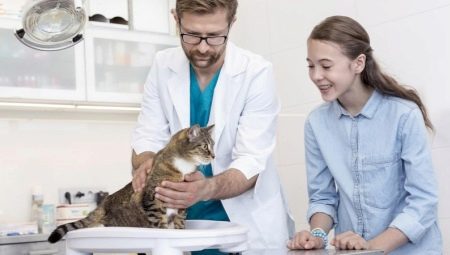The kitten in the house is happiness, as well as a great responsibility. Each owner knows that for any animal it is necessary to ensure proper living conditions so that it feels comfortable. For example, in our case, it is imperative to provide a kitten with food that suits his body. After all, health directly depends on what the pet eats. And one of the best indicators of health is weight gain. We will analyze in more detail how much a kitten and an adult cat should weigh, and also study the subtleties of the weight of different breeds.
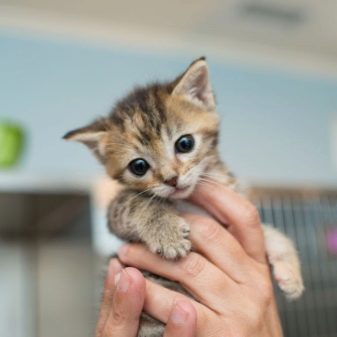

Why define?
When a baby is born, one of the first indicators that is noted is its mass. Good weight is the first sign of health. Not the only, but one of the most important. Animals have the same thing. There are weight standards corresponding to each cat breed. Basically, they are about the same when the kitten was just born. In adulthood, norms are already changing. Determination of weight and tracking it throughout the life of your pet are required. By weight, you can determine overfeeding or underfeeding, impending or progressive disease, development.
At birth from one mother, you can compare the mass of kittens even without special appliances. Just look at them. If the kitten is thinner than the others, then it requires special monitoring: behavior, nutrition process, and sleep. If it is visually unclear that the kitten is thinner than the rest, then you can look at how it is applied to the chest.
If other, stronger kittens repel him, then you need to take the kitten and bring it to the cat yourself, and more often than others eat.
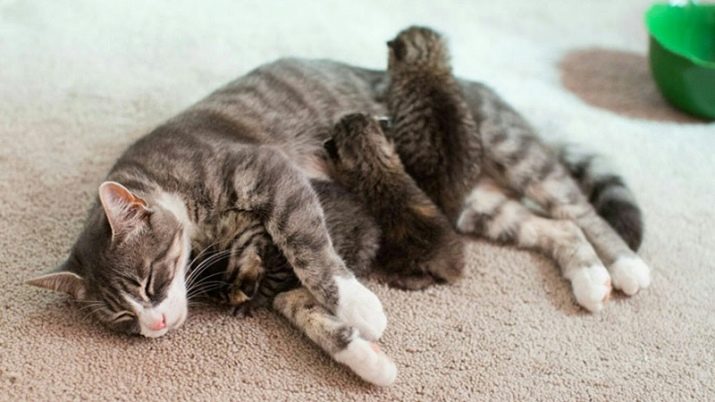
Kittens Weight by Month
The approximate weight of a kitten at birth varies from 80 to 150 grams. It depends on the breed and body structure of the baby. The monthly kitten Bobtail and Maine Coon will be very different from each other, since these breeds are completely opposite in size.
Consider the table of the average standard weight of a kitten for months to a year.
- In the first month, the average weight of a kitten is 110 grams. It is this weight that is considered quite normal for the baby and characterizes its healthy development. The behavior of newborn kittens can be compared with human children - they only eat and sleep. The daily weight gain of a cat in the first month of life is approximately 10-15 grams, that is, 70-100 grams per week.
- A two-month-old kitten gains about 300 grams of weight. But the norm is considered to be weight gain up to 500 grams. In the second month, the kitten stops eating only mother's milk. In his diet, water must be present in unlimited quantities, and you can also include chopped meat and fish in the diet a little.
- At 3 months, the weight is from 1.2 to 1.7 kg, and the diet includes good nutrition. The main thing is to make a choice: feed the kitten with natural products or specialized food. Combined nutrition should be excluded, as the stomach may not cope.
- At 4 months, the weight should be already 2 kg.
- At 5 months, the kitten weighs about 2.5 kg and eats only during the day.
- At 6 months, when molting is already possible, and in girls - puberty, the weight is 3 kg.
- Weight after six months will be added less intensively - about 100-150 grams per month. Thus, by the age of one year, the weight of an ordinary kitten will be about 4 kg.
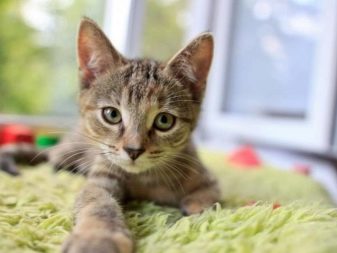
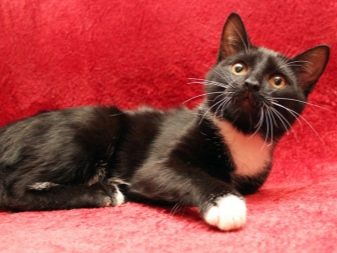
Large individuals, such as the aforementioned Maine Coons, can reach a mass of 5-6 kg by the year. A miniature breed can be only 3 kg.
We must not forget that males are most often larger than females. And their mass at the end of the first year of life can be higher by a kilogram.
A table with averaged indicators of weight by months of development.
Month | 1 | 2 | 3 | 4 | 5 | 6 | 7 | 8 | 9 | 10 | 11 | 12 |
Weight (gr) | 100-150 | 400-600 | 1.200 -1.700 | 1.700- 2.300 | 2.300-2.800 | 2.400-3.200 | 2.600-3.600 | 2.700-4.000 | 2.800-4.100 | 2.900-4.200 | 3.000-4.300 | 3.100-4.400 |
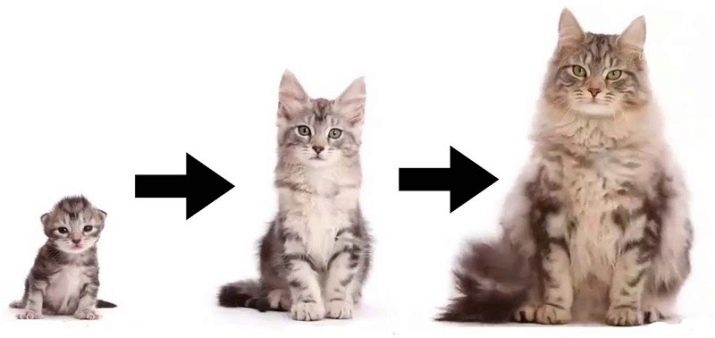
How much do adult cats weigh?
Lifestyle, castration, nutrition, content - all these factors are directly related to the body weight of the cat. The life of an adult cat differs little from a kitten if it lives in a family. The main thing is to prevent underfeeding or overfeeding of the animal, otherwise problems with the gastrointestinal tract may occur.
A domestic cat usually weighs from 2 to 7 kg. Much depends on the breed, and also on age. By age, a pet will weigh less than, for example, at 2 years. A Siamese cat will weigh less than a Norwegian cat. Persians and British by weight will be on average about 6 kg. But the weight of Maine Coon can reach 13 kg.
Outbred cats are often lighter per 1 kg thoroughbred. This applies to both females and males.
Adults reach their peak weight by two years. Further, with proper nutrition and lifestyle, the weight will remain within these limits, plus or minus 200 grams.
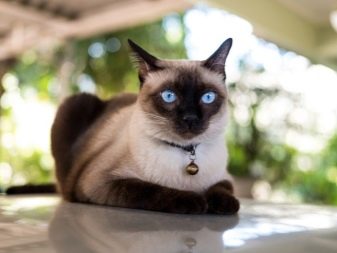

How to weigh at home?
It is very problematic to weigh an animal without special weights due to agility and waywardness. This is especially true for cats. But weighing is a must. Consider how to weigh a cat at home. For starters, the easiest way is scales. But only electronic, since the pet may not want to stay on them for a long time, and for some weights, a second of holding in one position is enough to show the result.
The next way is harder - steelyard. Take a carrier, preferably soft. Weigh it, and then put the animal there. From the figure that appears on the steelyard, subtract the weight of the carry. If there is absolutely nothing suitable at home, then there will already be a visual perception. Maybe it will not show the figure of body weight, but it will be clear whether everything is in order with the pet.
The first thing to do is look at the spine. Is it visible to him, are the vertebrae visible through the skin, how much is it felt.Ideally, the spine should be hidden and only slightly visible so that it can be seen only with an armed gaze. The abdomen is chubby or hollow. Both options are not considered normal. The abdomen should be flat, especially not sunken. Run your hand across your chest and back to see if you feel a little fat. It should not be such that, besides it, bones are not felt, but it must be necessary.
An important point is the bones of the pelvis and ribs. If they bulge excessively, it means that your animal is not gaining much weight. Look at the waist area, it should also be available. If it is not there, or it is too “exact,” and the figure in this case resembles an hourglass in shape, then this can mean either obesity or dystrophy.
If everything that you checked is normal, then there is nothing to worry about. But if even one point confused you - bring the animal to the veterinarian. Underweight, like obesity, is very dangerous. Kitten may have to be put on a diet, but this is for his own good.
Do not be afraid. The doctor will choose the right treatment or completely refute your fears.
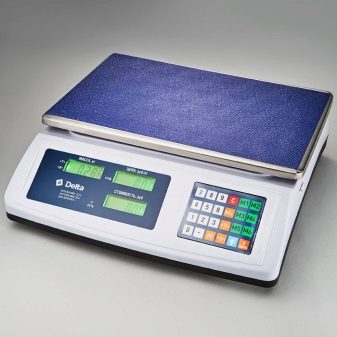
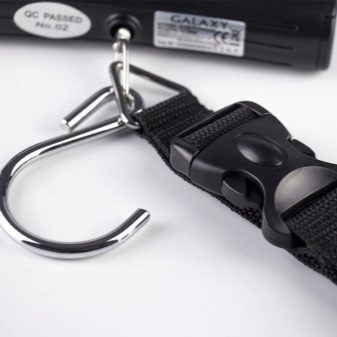
What to do if the cat is not gaining mass?
You worry about your pet, like a child. He eats poorly, sleeps restlessly, does not play very actively, and also does not gain the necessary mass. You should never panic, because if everything is noticed on time, then there will be at least consequences, or even not at all. You should never self-medicate without knowing the root of the problem, although it’s still worth trying to do something. First you need to try to analyze the time during which the pet did not gain or stopped gaining weight. Try to understand what could have been the cause of the shortage of mass.
The first thing that can serve as a reason if you are the owner of a cat is the recent birth. In this case, not weight gain is possible, but even during the recovery period of the cat, weight loss. If this is the reason, then the cat will need about three weeks to recover. Then the weight will again reach the desired level. If the duration of the recovery has dragged on, then you cannot do without a veterinarian.
The next significant reason is stress. For four-legged feline almost all breeds, moving is a huge stress. Especially if the cat is aged. Stress may include castration or sterilization, a change of owner, some extreme event (for example, running away from home for a few days or falling from a height). The main thing is that stress does not turn into nervous exhaustion, because there are extremely impressionable and inerring cats.
A common cause of weight loss is worms. They can appear in any living conditions. For this, it is enough for the pet to lick the dirt off the floor. Every six months, in order to avoid helminthic invasion, special preventive drops should be given to the pet. Of course, if the worms appeared, and it is not difficult to notice them in the feces, treatment is required. If the treatment is timely, it will take no more than a week to completely exterminate the parasites. But in the case of worms, and especially with severe weight loss with them, it is better to consult a veterinarian. He will select the right treatment and give the necessary recommendations.
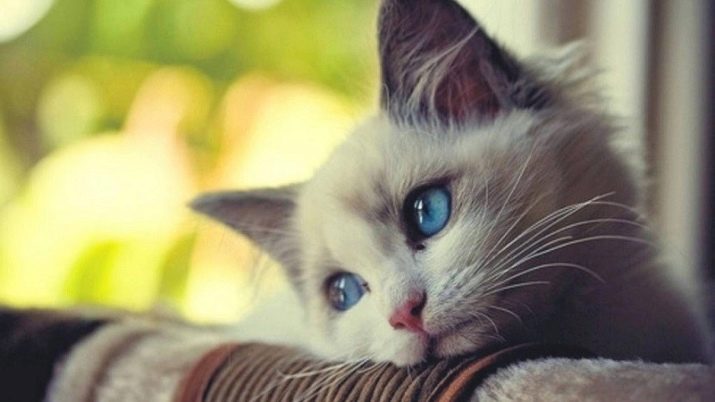
The reason for exhaustion, in which the owner is out of power, is age. By old age, most of the cats lose weight. Here you can try to support your pet with vitamins and minerals. It is necessary to donate blood and understand what is becoming smaller in the body.
Inflammation of the oral cavity, toothaches, stomatitis are unpleasant reasons when a pet wants to eat and would be glad, but it hurts. In this case, he can often come up to his bowl, but there are tiny portions. Try to examine the jaw for obvious reasons. Red swollen gums, white stomatitis "holes", caries - everything is like a person’s, and all this is not so scary if noticed on time.
Diseases Here, you definitely can not do without a veterinarian. It is difficult to list all possible diseases in one article.And it is difficult to make a diagnosis on your own, without donating blood, without using special equipment. If, in addition to weight loss, you observe unstable cat behavior, loss of appetite and other signs, do not hesitate! Urgently go to the veterinary clinic and go through all the necessary procedures to identify the disease.
Perhaps this is just an upset stomach, and there will be nothing scary. Maybe the cat’s foot is just tucked up, and because of this there is no mood, as it hurts. A lot of unpleasant diseases that have negative consequences. Do not tighten.
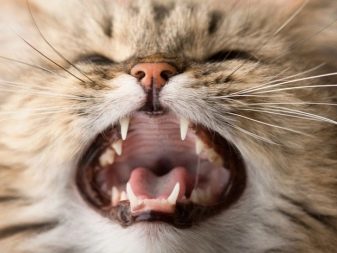

Symptoms not mentioned in the above that may become a bell for the owner are:
- yellowing of all mucous membranes;
- blood and mucus in the feces;
- constipation or diarrhea;
- excessive vomiting not woolen lumps;
- bad breath;
- festering eyes or nose.
If the reasons why your beloved animal is not gaining weight are still not terrible, then the first thing you do not need to do is buy food and mixtures in ordinary supermarkets. Everything that is sold in them must not be given to animals, even as a last resort. There are also inexpensive but professional feeds at pet stores that can help you deal with weight problems. And feed from the mass market can aggravate the situation at times.
If you don’t want to feed the food from the store, then most of the pet’s diet should consist of beef or turkey poultry.
Also, turnips, pumpkin and rice groats are excellent for nutrition. Everything should in no case be raw, but only boiled or steamed.
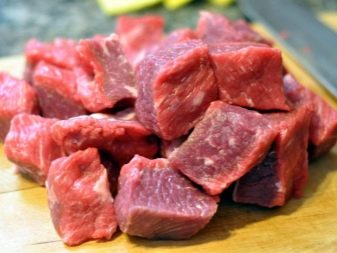

If your cat has eaten very little, and you still know the reasons, you don’t need to try to “put” a kilogram of food in it right away. Here, as with a person, there may be something even more unpleasant, for example, an inversion of the intestines. Servings need to be increased gradually. Take into account the current weight of the pet, his needs. The course of treatment for weight loss can be long. Be patient, as soon your animal will bounce back and be active again. Until this happens, the task is to restore the digestive processes.
And a couple of the most harmless reasons why the cat is not gaining weight.
- The portions are too small. Make them a little bigger and look at the result.
- The pet does not like the taste of the food, and he tries to eat it as little as possible. Buy food with different tastes and see which one your child eats with great enthusiasm, and which one just to eat.
- Pay attention to the location of the food bowl. If it is close to the tray, then, most likely, the appetite will be reduced, as the pet has to eat his favorite food next to his own toilet.
Kittens are a big, but very pleasant responsibility. Raising a beautiful statuesque cat out of a small creature is a lot of work. Follow all recommendations, monitor the baby and be sure to visit the veterinarian sometimes for prevention.
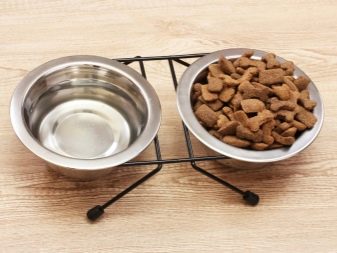

In the next video you can get acquainted with the dynamics of the weight of kittens.
